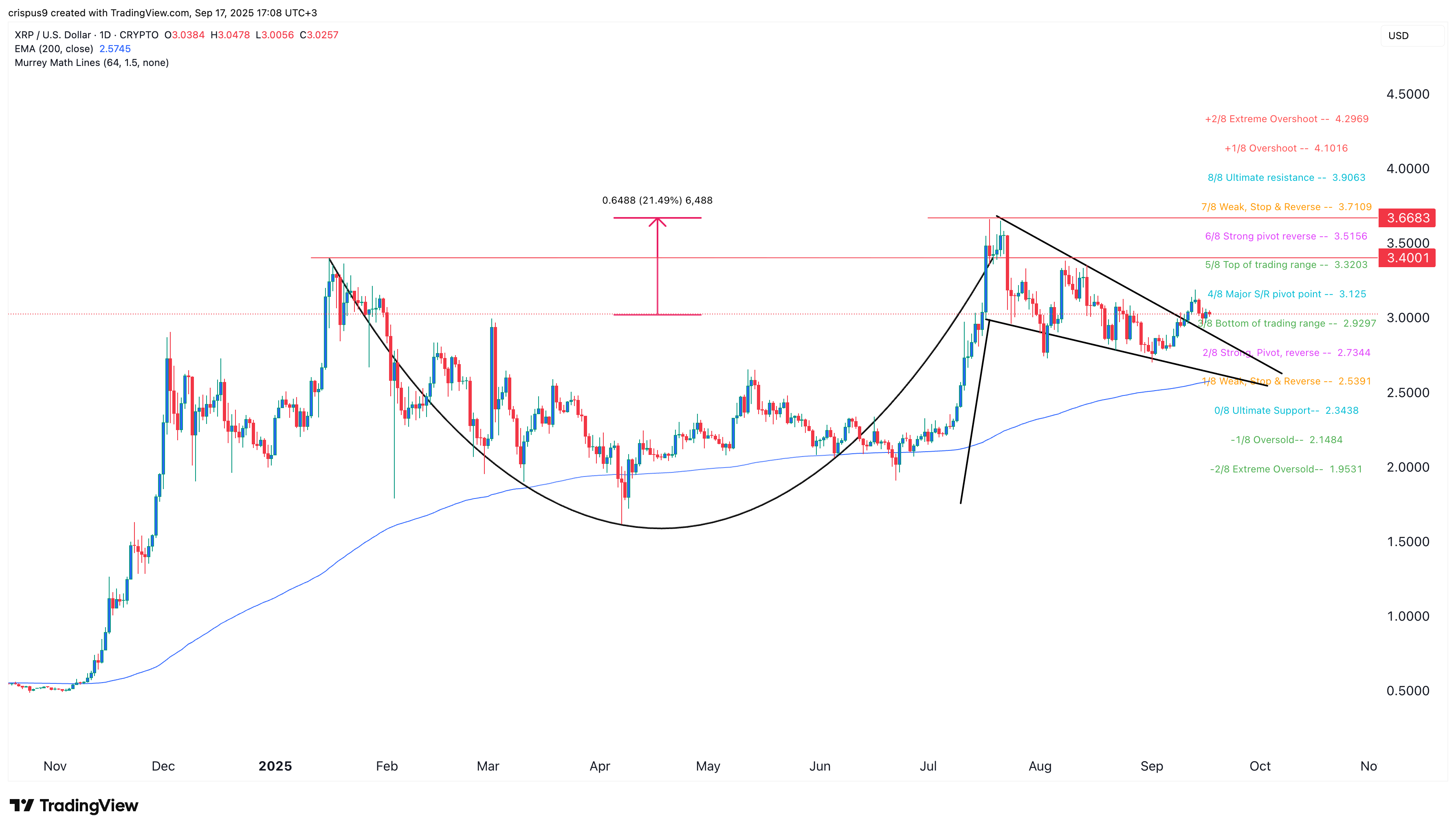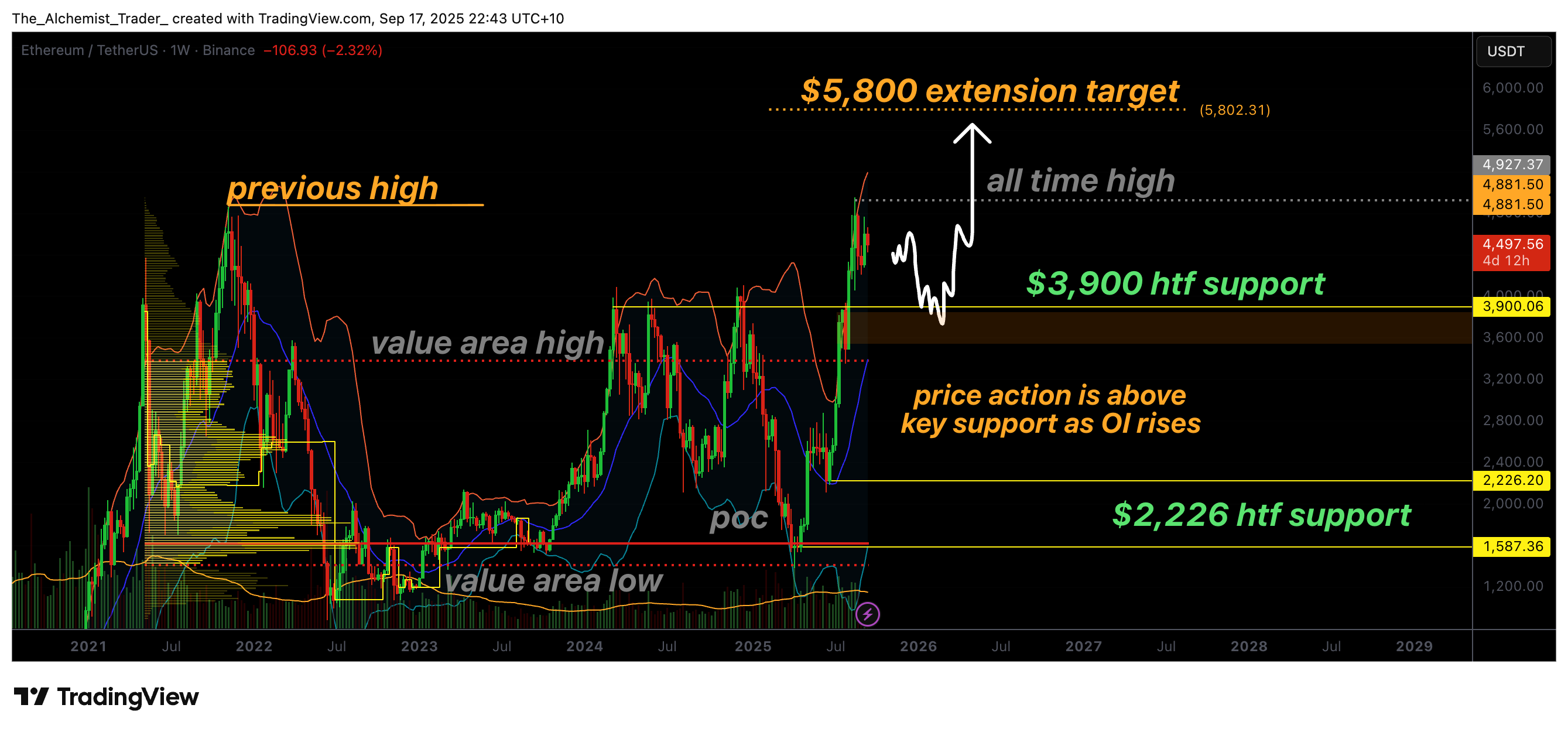BitMEX’s Hayes predicts Bitcoin to peak soon as Fed’s tools near exhaustion

The Federal Reserve’s quantitative tightening and liquidity measures could drive Bitcoin to a late Q1 peak, BitMEX co-founder Arthur Hayes says.
In his latest essay on Jan. 7, BitMEX co-founder Arthur Hayes predicts Bitcoin (BTC) will hit its peak by late March, pointing out the Fed’s challenges in keeping the market stable while pulling $180 billion out through quantitative tightening from January to March.
At the same time, a change to the Reverse Repo Program rate will add $237 billion of liquidity, Hayes notes, explaining that money will flow into higher-yielding Treasury bills, resulting in a net liquidity injection of $57 billion in Q1.
The Treasury’s General Account will also play a role. “Bad Gurl Yellen” (Hayes’ nickname for Treasury Secretary Janet Yellen) has begun “extraordinary measures” to fund the government while waiting for Congress to raise the debt ceiling. Until then, the Treasury can only spend from the TGA, which Hayes estimates will be depleted by May or June. This spending adds liquidity to the market, but once the ceiling is raised, the Treasury will need to refill its account, pulling liquidity out.
Hayes believes the market will react to these liquidity shifts. He predicts Bitcoin and the whole market to peak “in mid to late March,” similar to March 2024, when Bitcoin peaked around $73,000. After that, the market might face headwinds from tax deadlines and TGA replenishment.
The BitMEX co-founder believes that the Fed is “exhausting all tools at its disposal,” adding that future moves could include stopping QT or even restarting quantitative easing. For now, Hayes says liquidity conditions in Q1 suggest a temporary boost for risk assets like Bitcoin.




